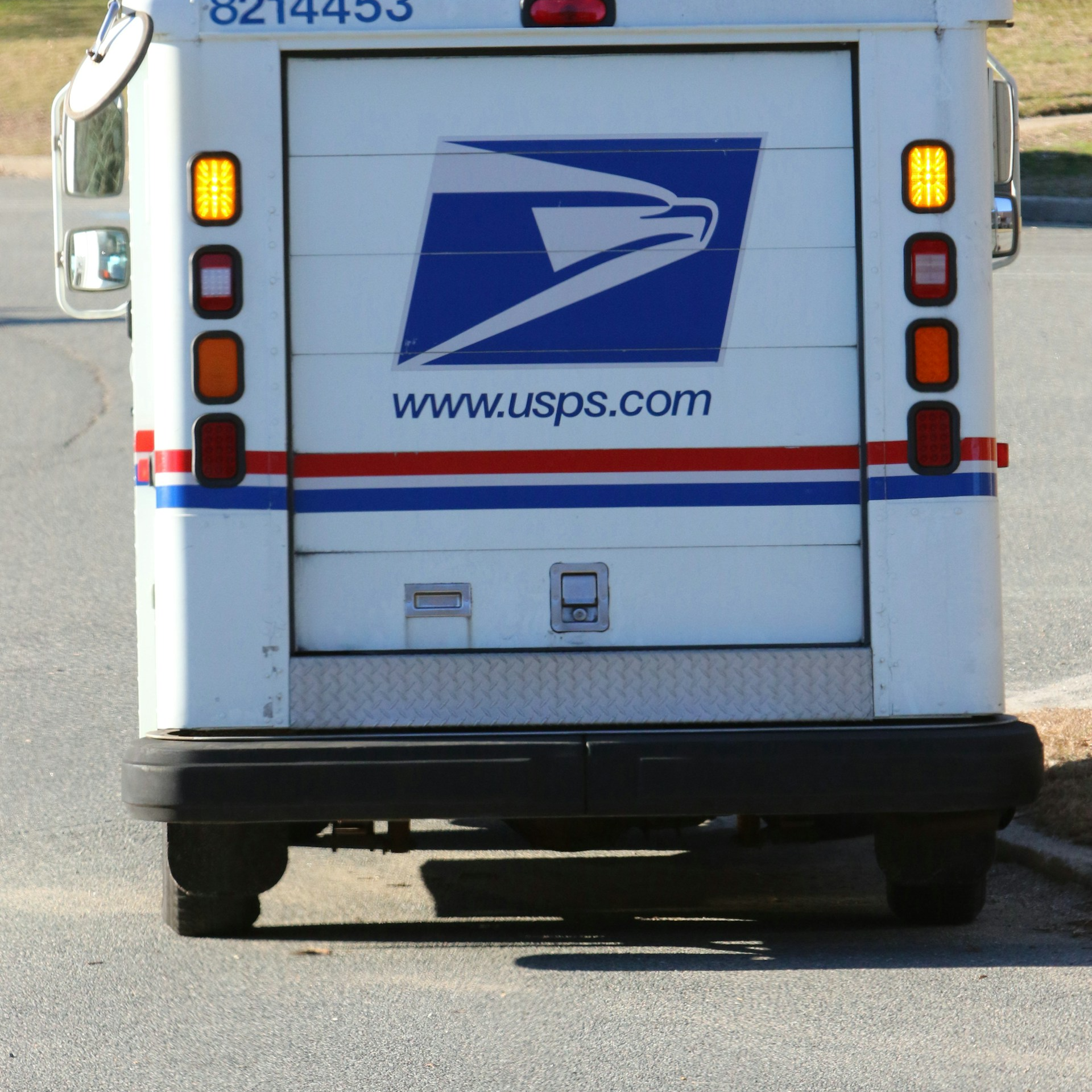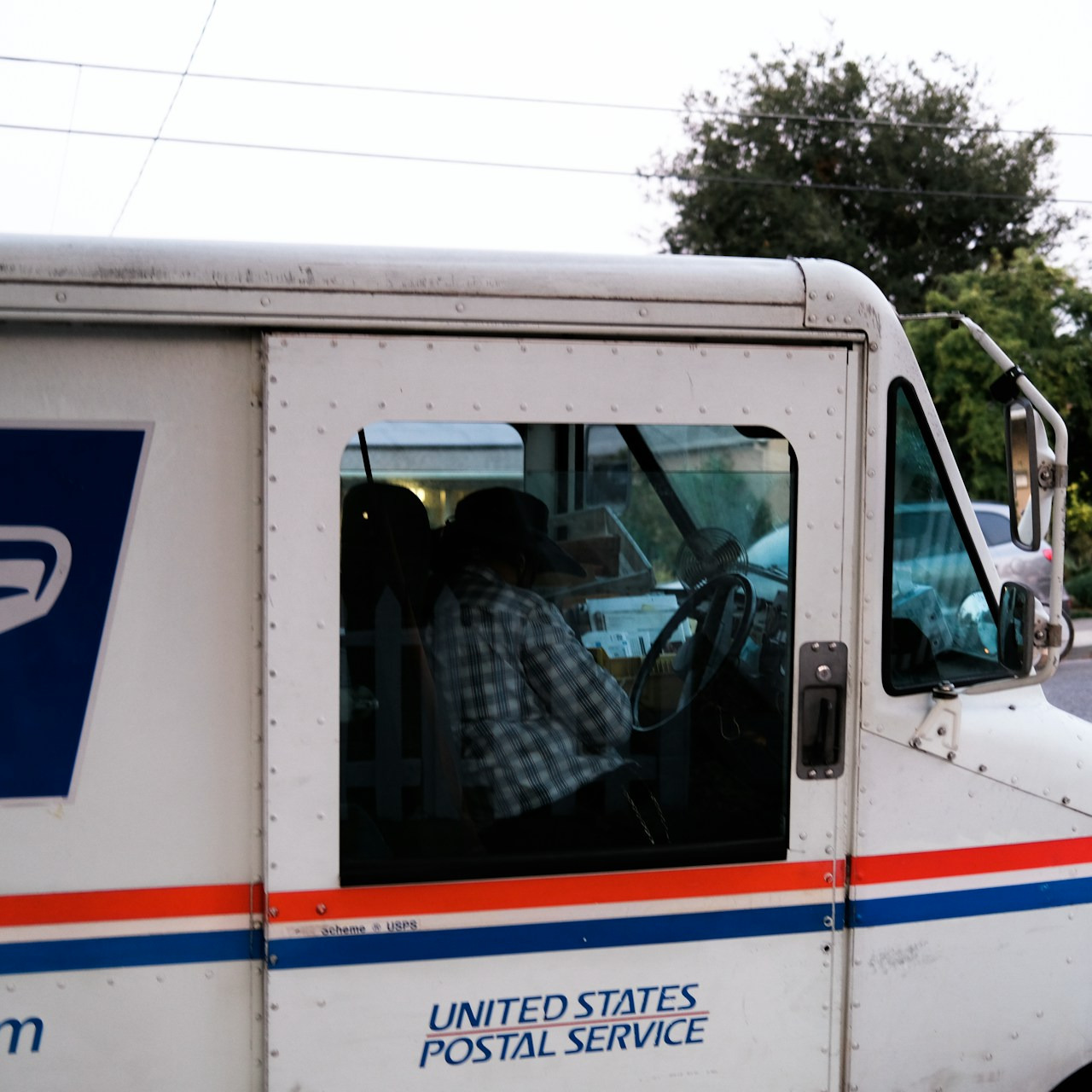Key Takeaways
-
While Medicare Advantage plans can appear attractive due to their added benefits, they come with hidden tradeoffs that could complicate your Postal Service Health Benefits (PSHB) coverage.
-
If you are eligible for Medicare, especially at age 65, failing to understand how Medicare Advantage interacts with PSHB can result in limited provider access, unexpected out-of-pocket costs, and plan restrictions.
What Makes Medicare Advantage Plans So Appealing
At first glance, Medicare Advantage (Part C) plans can seem like a practical choice. They typically bundle services like hospital, medical, and sometimes drug coverage into one plan. Some plans advertise additional perks, which can be enticing for retirees or Medicare-eligible Postal Service annuitants looking to manage their healthcare with simplicity.
For PSHB enrollees, it may seem logical to consider these plans if you’re trying to reduce overall expenses or consolidate your benefits. But the simplicity and potential cost savings come with structural compromises that can affect the quality and flexibility of your coverage.
How Medicare Advantage Differs from Original Medicare
To understand the tradeoffs, you need to see how Medicare Advantage fundamentally differs from Original Medicare:
-
Original Medicare is run by the federal government. It includes Part A (hospital insurance) and Part B (medical insurance).
-
Medicare Advantage is offered by private insurance companies approved by Medicare. You must still enroll in Medicare Part A and Part B, but your services are delivered and managed by the private plan.
When you join a Medicare Advantage plan, your care is managed under that plan’s rules. You still pay your Part B premium, and sometimes additional premiums, but your services are no longer billed through Original Medicare.
Where PSHB Fits into the Picture
Starting in 2025, the Postal Service Health Benefits (PSHB) Program replaces FEHB for USPS employees, annuitants, and eligible family members. This transition introduces key Medicare-related considerations:
-
If you are Medicare-eligible, especially turning 65 or older, you are required to enroll in Medicare Part B (with some exceptions) to maintain full PSHB benefits.
-
Most PSHB plans for Medicare-eligible enrollees include prescription drug coverage through a Medicare Part D Employer Group Waiver Plan (EGWP).
-
PSHB plans may reduce cost-sharing or offer premium reimbursement when you are enrolled in both PSHB and Original Medicare.
This setup is designed to coordinate with Original Medicare, not necessarily with Medicare Advantage. Choosing a Medicare Advantage plan can interrupt this coordination and create conflicts.
The First Tradeoff: Network Restrictions
Medicare Advantage plans operate with defined provider networks. That means:
-
You may be required to choose doctors and hospitals within your plan’s network.
-
Out-of-network care is often not covered or comes with high out-of-pocket costs unless it’s an emergency.
-
You could lose access to some preferred specialists or hospitals.
In contrast, Original Medicare, when paired with a PSHB plan, allows broader provider access. You can see any doctor or facility nationwide that accepts Medicare, which is a significant advantage if you travel or move frequently.
The Second Tradeoff: Prior Authorization Requirements
Medicare Advantage plans commonly require prior authorization for many services, including:
-
Advanced imaging (MRI, CT scans)
-
Hospital admissions
-
Skilled nursing care
This can lead to delays in receiving care, additional administrative burdens, and potential denials. Under Original Medicare and PSHB, prior authorization is typically less restrictive, allowing for more seamless access to care.
The Third Tradeoff: Coverage Coordination Gaps
If you enroll in a Medicare Advantage plan, that plan becomes your primary coverage, not Original Medicare. PSHB plans are designed to coordinate with Original Medicare, so if you bypass Original Medicare, you might:
-
Miss out on coordinated benefits such as waived deductibles or lower copayments.
-
Be ineligible for Part B premium reimbursement some PSHB plans offer.
-
Face confusion when trying to coordinate services or prescription drug benefits.
This lack of alignment may result in higher out-of-pocket costs and administrative complexity.
The Fourth Tradeoff: Regional and Plan Variability
Medicare Advantage plans vary widely depending on your ZIP code. Even within the same state, your available plan options, benefits, and provider networks can differ greatly. This means:
-
You may have limited or no access to high-quality plans depending on your region.
-
You could experience major changes year over year, requiring you to review your plan annually.
PSHB plans, on the other hand, are more standardized across the country. If you are enrolled in Original Medicare and PSHB, the plan benefits tend to be more stable, predictable, and portable.
The Fifth Tradeoff: Supplemental Benefits Disappear if You Don’t Use Them
Medicare Advantage plans often include perks such as dental, vision, hearing, transportation, or over-the-counter allowances. But here’s what most people miss:
-
If you don’t use these benefits, you don’t get any value from them.
-
Starting in 2025, plans are required to send out mid-year notices summarizing unused supplemental benefits.
While these features sound good on paper, they rarely offset the core disadvantages such as network limitations and stricter utilization rules.
Medicare Enrollment at 65 Still Matters
If you are turning 65, you must enroll in Medicare Part A and Part B to retain full PSHB eligibility unless you qualify for an exemption. These requirements matter regardless of whether you are retired or still working. Failing to enroll could result in:
-
Loss of PSHB coverage or denial of drug benefits
-
Permanent late enrollment penalties from Medicare
-
Increased medical expenses down the road
This makes it essential to understand your Medicare options and how they integrate with PSHB.
You Cannot Use Both Medicare Advantage and PSHB Like You Might Expect
A common misunderstanding is thinking you can have PSHB as a “backup” to Medicare Advantage. In reality:
-
PSHB does not coordinate well with Medicare Advantage because the Advantage plan replaces Medicare Part A and B as the payer.
-
You may end up paying premiums for both but only receiving care through your Medicare Advantage plan.
-
PSHB benefits designed to work with Original Medicare will go unused.
This results in wasted resources and overlapping coverage that doesn’t actually serve you.
Timing Matters: Annual Enrollment and Open Season
Both Medicare Advantage and PSHB plans follow strict enrollment timelines:
-
Medicare Annual Enrollment Period (AEP): October 15 to December 7
-
PSHB Open Season: Runs from November to December annually
If you switch to Medicare Advantage during AEP and do not coordinate it with your PSHB Open Season elections, you might end up with gaps or conflicts in your coverage. It is crucial to evaluate both decisions side-by-side during these periods.
You May Lose PSHB Drug Coverage if You Join Medicare Advantage
PSHB plans offer integrated Medicare Part D prescription coverage through the EGWP. However:
-
Joining a standalone Medicare Advantage plan that includes drug coverage can cause automatic disenrollment from your PSHB Part D benefit.
-
If you opt out of the EGWP, you may be unable to re-enroll unless you qualify for a Special Enrollment Period.
This has implications for both drug access and continuity of care.
Medicare Advantage Appeals and Denials Are More Frequent
Because Medicare Advantage plans are managed by private companies, they often impose utilization reviews and denials for services. In 2025, more beneficiaries report difficulties with:
-
Service denials for tests, rehab, or surgeries
-
Delays in getting authorizations
-
Confusion over who pays what
While there is an appeals process, it can be complex, time-consuming, and stressful, especially if you are already managing health issues.
Why Original Medicare and PSHB Often Offer Better Long-Term Value
Original Medicare combined with PSHB provides:
-
Nationwide access to providers
-
Predictable cost-sharing when both plans coordinate
-
Integrated drug coverage without enrollment conflicts
-
Fewer administrative barriers
While Medicare Advantage might offer upfront convenience or short-term perks, the limitations often outweigh the benefits for many Postal retirees or employees.
What to Do If You’re Already in a Medicare Advantage Plan
If you currently have a Medicare Advantage plan and want to return to Original Medicare and use your PSHB benefits more effectively, you can:
-
Switch during the Medicare Advantage Open Enrollment Period (January 1 to March 31)
-
Re-enroll in Original Medicare and inform your PSHB plan
-
Regain your EGWP drug coverage if eligible
Make sure to confirm the changes during PSHB Open Season to align both coverages for the next calendar year.
Weighing the Real Value of Medicare Advantage for PSHB Enrollees
Medicare Advantage plans are not inherently bad, but for PSHB enrollees, the lack of seamless coordination, risk of losing prescription drug benefits, and care restrictions can result in more trouble than it’s worth. Before switching away from Original Medicare, make sure you understand how the move would affect your total healthcare picture, especially the role PSHB plays.
Understand Your Medicare Choices Before You Commit
Your Medicare decisions have long-term consequences, especially when combined with your PSHB benefits. While the marketing for Medicare Advantage can be persuasive, the tradeoffs are often buried in fine print. If you’re approaching Medicare eligibility or reassessing your plan options, it’s wise to get help.
For personalized advice based on your specific situation, speak with a licensed agent listed on this website who understands both Medicare and the PSHB Program. They’ll help you evaluate the real cost of convenience.











